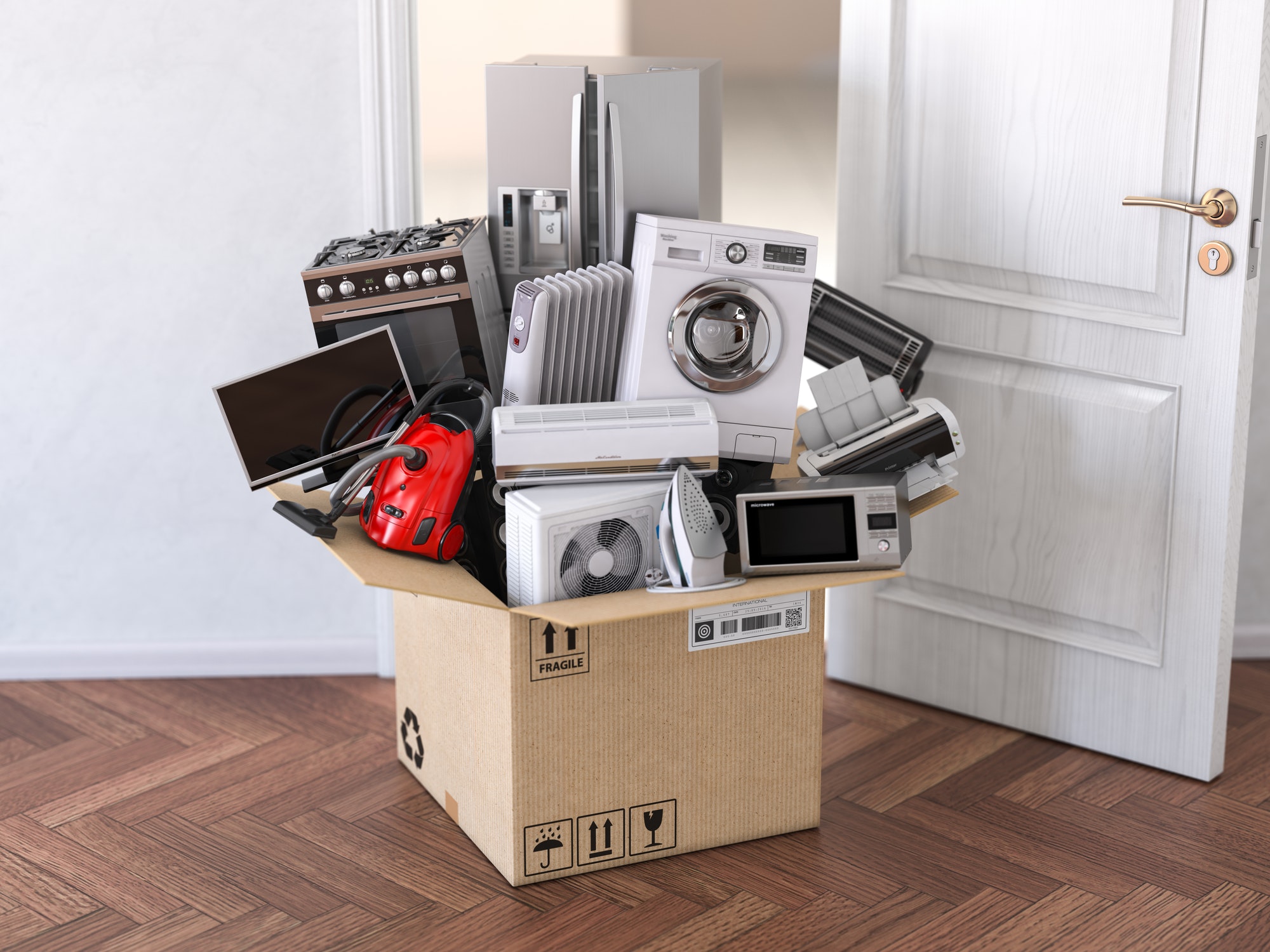Packing up electronics can take a lot of work, as some conditions will cause problems much more quickly than with other items. The good news is we have a list of moving tips for how to move and pack these items so they make it to your new home in great shape.
Inventory List
First things first, it’s an excellent idea to have a list of all your electronics and the components that go with them. You might consider making a list for each box that you use so you can check that all pieces and accessories are there before you begin to assemble your electronics again.
Gather Packing Materials
Having the right packing materials is important. Here is a list to start with:
Packing blankets or plastic wrap to ensure no damage or scratches happen while moving.
Anti-static packing materials for devices sensitive to static electricity. A good option is bubble wrap or something similar.
Strong packing tape that will keep boxes closed.
Sturdy boxes that are a bit larger than your devices. If you have the original boxes, that’s even better.
Take Photos
For those who have equipment that is difficult to put back together and no manual, take photos of the wires and how they hook up to the device. If you prefer written instructions, make a guide of how you take it apart and then use those instructions from finish to start to put things back together again.
Organize Wires and Remotes in your moving boxes
Make sure to turn off all your electronics and unplug them from the wall. From there, you should remove all cords and wires for the device, secure them with twist ties or something similar, and label them. This might seem like a lot of work but it will go a long way toward ensuring you can put things together later without stress.
Pad and Pad Some More
If you have original boxes, the best plan is to use those to pack your items in. However, if you do not you can do one of three things.
Obtain product specific boxes from the original manufacturer of the product.
Buy electronics boxes from a local long-distance moving company.
Use another durable box that you have available.
Regardless of which you choose, you need to use anti-static packing materials or soft clothes to pack. Packing peanuts should not, under any circumstances, be used. They can damage electronics and conduct electricity. Newspaper is not a great option either as it can scratch any screens. While padding, do so on the sides, underneath, and top. Pad more than you think you need to and you may be good. It’s also a good idea to add labels saying, “Electronics” or “Fragile” so the moving team knows how to handle the boxes.
Be Aware of Temperature
Electronics do not do well in extreme temperatures, which can be a problem when it comes to moving trucks. If you’re moving somewhere close by, this may not be a huge problem. However, if you’re moving farther away, make sure you transport your electronics safely. You may want to bring them in your own vehicle.
Another tip is to remove any ink cartridges in printers. These can make a mess if exposed to extreme temperatures. Toss these in a Ziploc bag or something similar so they won’t leak or cause any accidents that you don’t want to have to deal with.
Get Moving
Once you’ve followed these tips and tricks, you will be ready to make your next move. You may want to ensure electronics are put on the moving truck last so they won’t risk being crushed by other packages and boxes. It also allows you to get them out first and know where they are so you can unpack them whenever you need.








